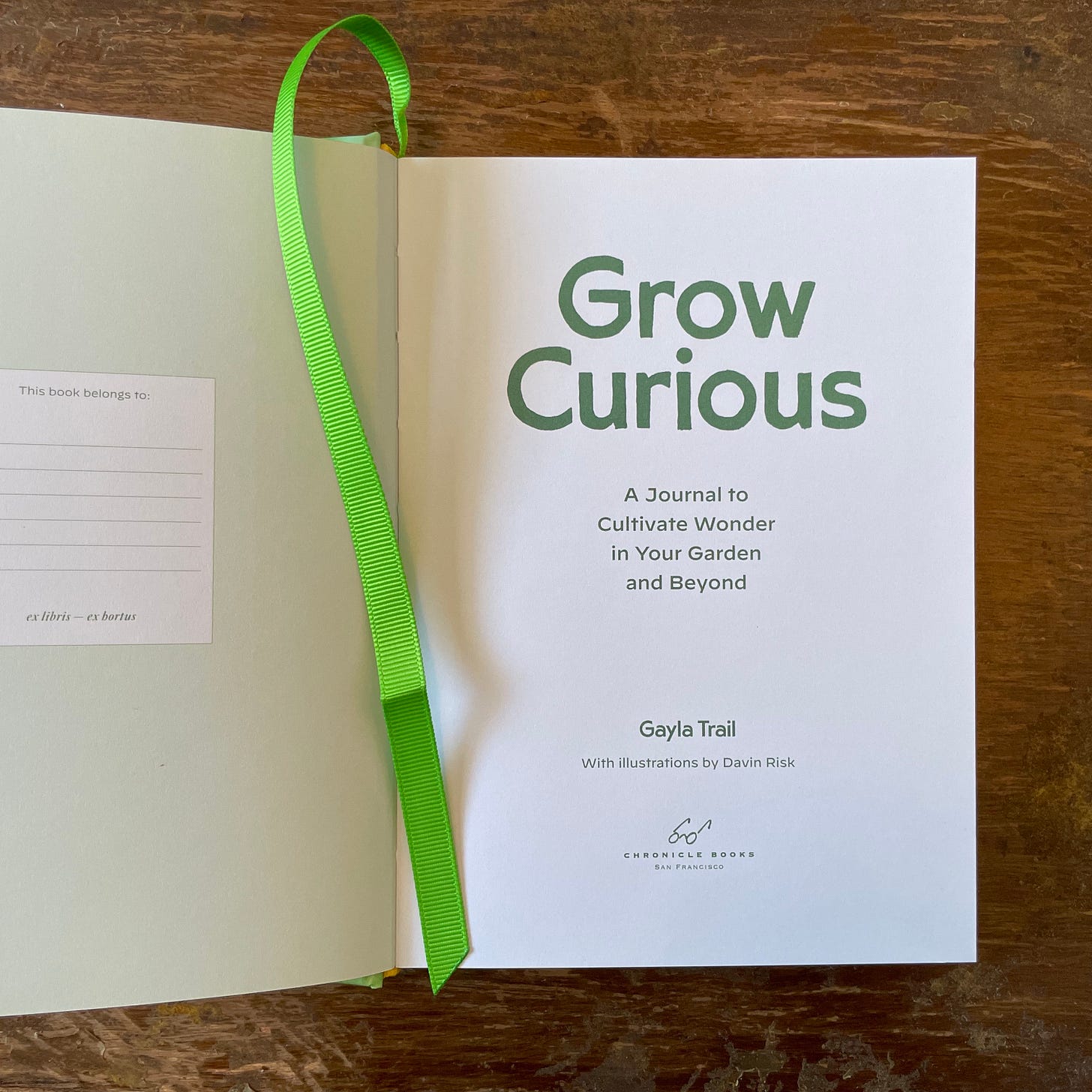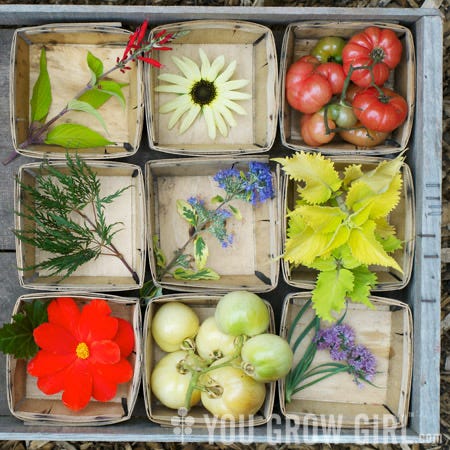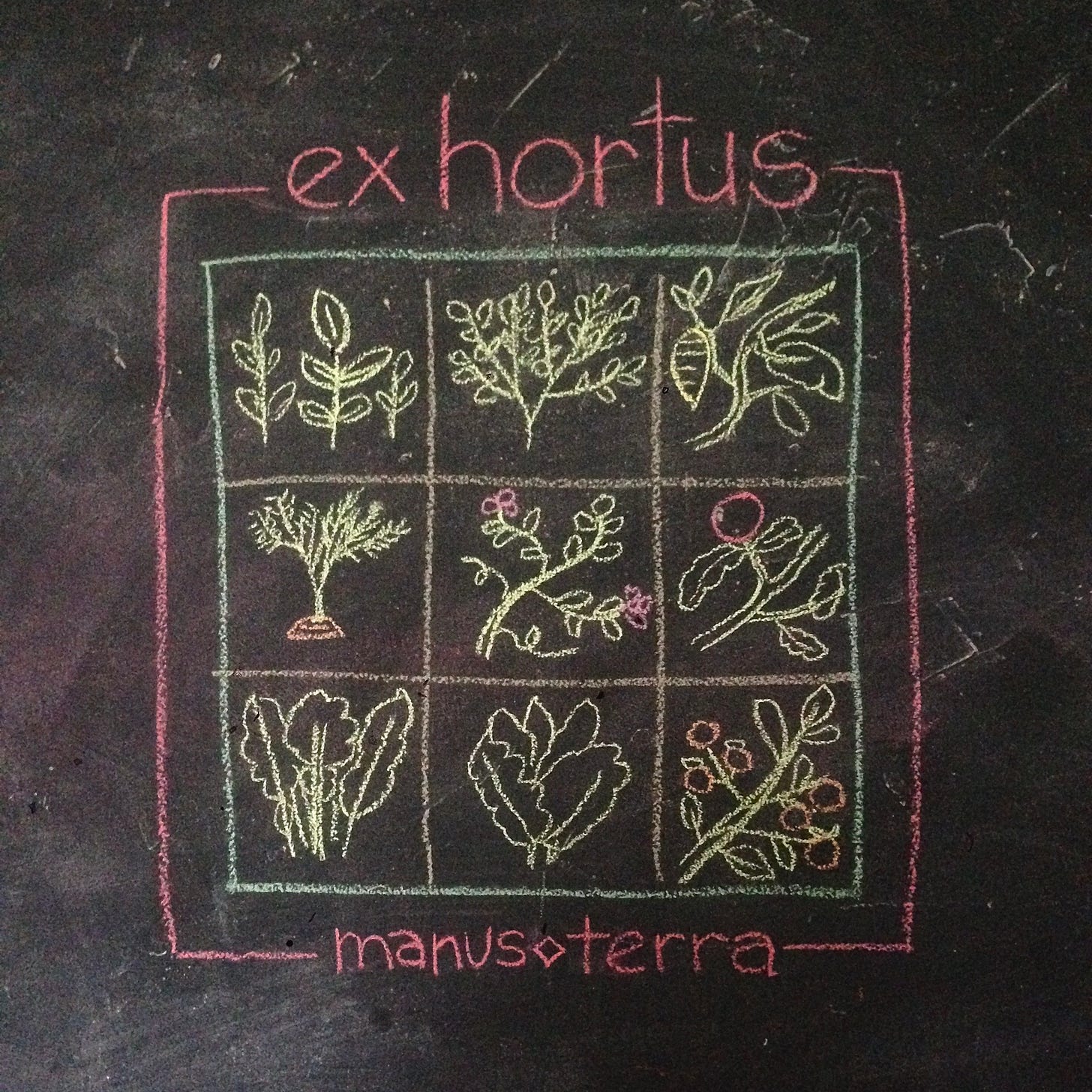Back in 2014 we lived in a house that had a kitchen with a back door that opened on to our small but vibrant city garden. My partner
, a gardener, writer, and artist had taken a lumpy and shaggy patch of lawn and turned it into an oasis for many species ourselves included.Gayla had been working on a photographic garden project at the time where she collected plant materials from the garden into a grid of wooden boxes and photographed those grids as a way to document the garden’s seasons and moments. They were beautiful images that showed the minute and the grandiose from the garden in a sublime way.
In that small kitchen with its yellow walls, we had painted one wall with chalkboard paint. We used it for practical note taking but also for temporary drawings and bits of text that captured life and garden as we lived it.
One day as I was experiencing what Gayla was making I was moved to make a drawing that approximated one of her Herbaria grids.
I added words in Latin above and below not because I have any education in that regard but because I was thinking about herbariums and the scientific practice of specimen collection — like the work of Carl Linnaeus, the Swedish biologist that pioneered the Latin naming of plants and animals. But I was also thinking about the Latin words Ex libris often seen on bookplates in older books meaning “from the library”.
Ex hortus means “from the garden”.

The words below my chalkboard herbarium are, “manus • terra” that mean “hands • earth”. Words that feel like they represent the core connection of the act of gardening.
Recently, Gayla created a cross stitch pattern that returned to her previous Herbaria project and my chalkboard drawing as influence.
We’ve made this pattern available on our new shop: Herbarium Cross Stitch. This is a great project for gardeners and stitchers and Gayla has made it a beginner-friendly pattern with two unique thread colour options.







I love boxes like this and they always remind me of Bob Mould's "Workbook" cover.